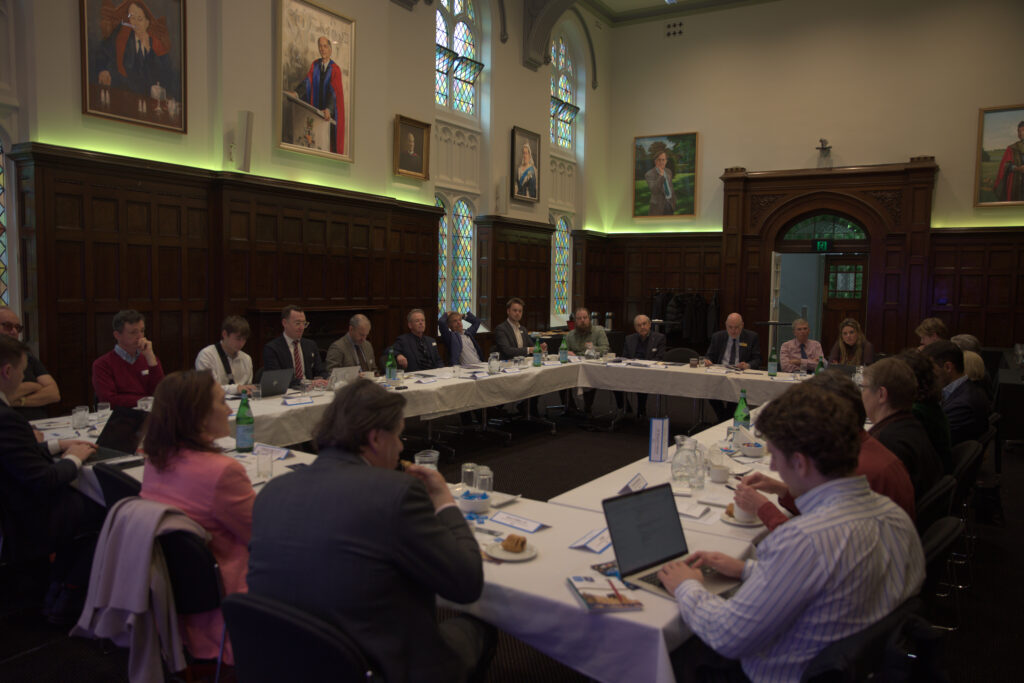2024 marks eighty years since the creation of the Liberal Party of Australia in 1944 and the beginning of the modern two-party system. The rise of the Liberal Party arguably shaped the modern labour movement as much as it impacted contemporary Australian liberalism.
In recent years, however, the Labor and Liberal parties have experienced record low proportions of the primary vote as well as declining membership numbers. This has led, in part, to incursions by minor parties and independents into electorates historically held by Labor and the Coalition.
Given these conditions the RMI felt that it was timely to examine how the Labor and Liberal parties arrived at this position and how they might go about reversing what could be terminal trends. To this end, the institute convened a dialogue to evaluate the wellbeing of Australia’s parties of government and their long-term future. This gathering was an important health check on the dominant two-party system and a moment to reflect on the structural integrity of Australian democracy at a pivotal time.
The themes explored by the dialogue included:
- Imagined Tribes: What are the groupings that matter most to forming governments and winning
elections - Building New Parties-of-Government in the Twenty-First Century: Lessons from En Marche (Renaissance) and others
- Declining Political Participation: Myth or Reality? Fit for Purpose? The Structures of Australia’s Parlimentary Democracy
- Capable of Governing? Plausible Futures for the Teals, Greens, and others
While conducted under the Chatham House Rule, the dialogue will ultimately inform the development of an occasional paper, authored by RMI Fellow Dr. William Stoltz, to analyse how Labor and the Coalition came to the present position, what they can do to respond, as well as how other groups may respond.
Sign up to our newsletter
Sign up for our monthly newsletter to hear the latest news and receive information about upcoming events.


